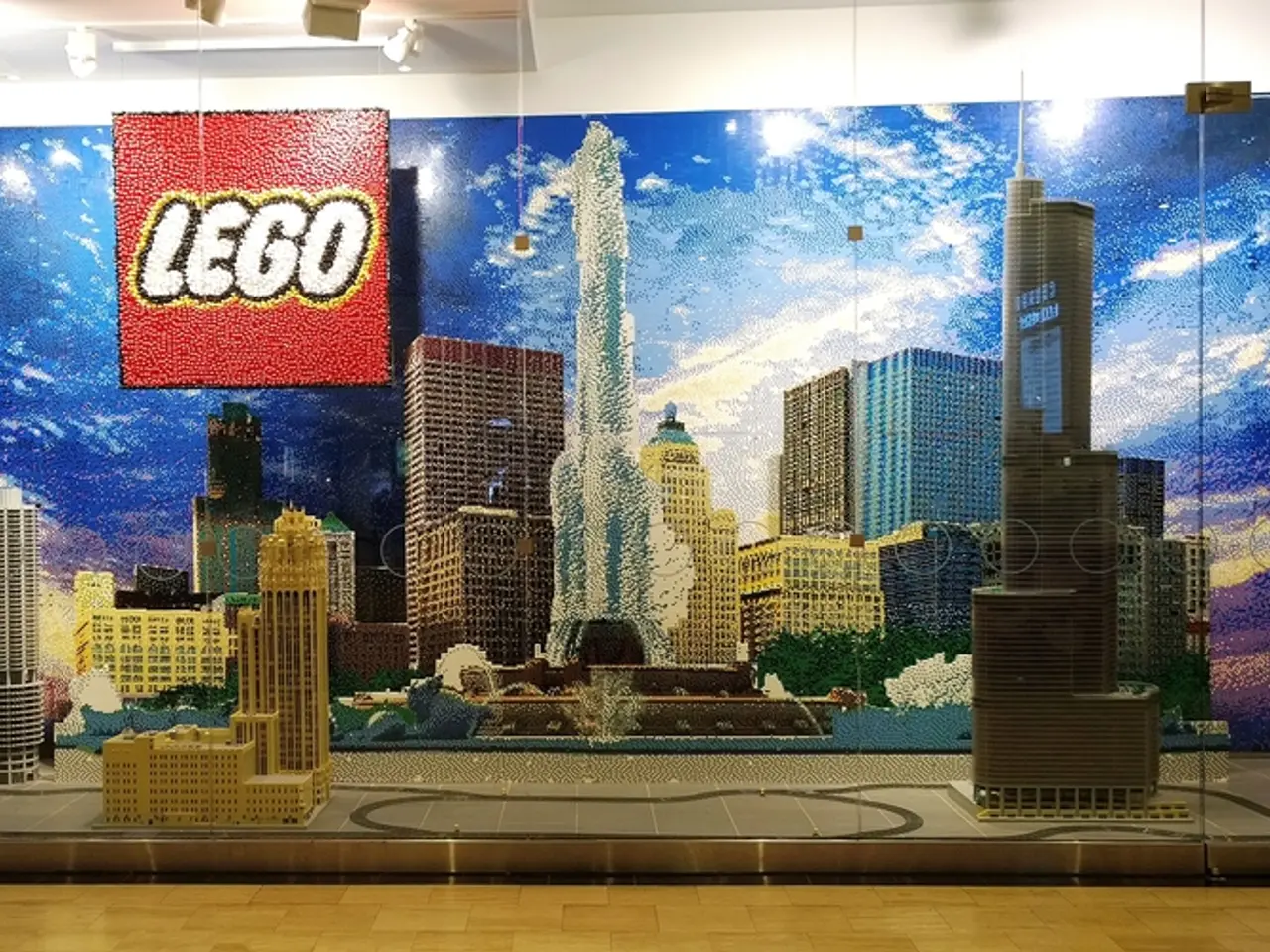Instructions for Creating a Plaster Mold Step-by-Step
Welcome to our guide on creating a plaster mold! This process is ideal for various applications, including crafting, sculpture, casting, and repair jobs. Here's a detailed guide on how to create a plaster mold, complete with materials, tools, and step-by-step instructions.
Materials Needed
- Plaster of Paris (or a similar plaster casting mix)
- Release agent (such as petroleum jelly or cooking spray) to prevent sticking
- Water (for mixing plaster)
- Original model (the object you want to make a mold of)
- Mold box or container (to hold the plaster around the model)
- Optional: reinforcement like burlap or fiberglass (for larger molds)
Tools Needed
- Mixing bucket or container
- Stirring stick or mixing tool
- Measuring cups or scale (to measure plaster and water)
- Brush (for applying release agent)
- Sandpaper (for cleaning or smoothing once cured)
- Gloves and dust mask (for safety)
Step-by-Step Guide
- Prepare the Original Model:
- Clean the model thoroughly and ensure it is dry.
- Apply a thin layer of release agent to the model surface to prevent plaster from sticking and damaging it later.
- Build a Mold Box:
- Create a container or box slightly larger than the model to hold the plaster. It can be made from wood, plastic, or any non-absorbent material.
- Place the model inside and secure it so it doesn’t move when you pour plaster.
- Mix the Plaster:
- Measure plaster powder and water according to manufacturer instructions.
- Add plaster powder to water gradually (not water to plaster), stirring continuously to avoid lumps.
- Mix until smooth with the consistency similar to thick cream.
- Work quickly as plaster begins to set fast (5-10 minutes).
- Pour the Plaster:
- Slowly pour plaster into the mold box, covering the entire model.
- Tap or gently shake the mold box to remove air bubbles and help plaster settle evenly.
- Curing:
- Allow plaster to harden and cure. This typically takes 30 minutes to an hour for initial set and up to 24 hours for full strength.
- Avoid disturbing the mold during curing.
- Demolding:
- Once fully set, carefully remove the plaster mold from the mold box.
- Gently separate the original model from the plaster mold.
- Clean or sand any rough edges or surface imperfections.
- Finishing (Optional):
- If desired, reinforce the plaster mold by wrapping burlap or applying a fiberglass layer to add strength.
- The mold is now ready for casting with plaster, ceramic slip, or other materials.
Additional Tips
- For complex models, consider making a two-part mold where the model is split into two halves, each molded separately, then joined when casting.
- Use thin coats of plaster or apply a ceramic slurry for fine detail (common in advanced ceramic mold making).
- Keep consistent plaster/water ratios for reliable strength and minimal shrinkage.
- Work in a well-ventilated workspace and wear safety gear to avoid dust inhalation.
This general process suits DIY projects, sculpture reproduction, pottery slip casting, and other crafts involving plaster molds. For high-detail or specialized applications, materials like ceramic slurry or silicone molds might be preferred, but plaster molds remain accessible and versatile for beginners.
Happy molding!
Read also:
- Exploring the Advantages of Outdoor Group Meditation for Enhancing the Mind-Body Union
- Hidden beneath the appealing aesthetic of Consume Me's artwork lies a more ominous nature
- Elderly Competitor: 96-year-old Donald makes Countdown history as the oldest contestant ever
- Reflection: Ponder the Fate of City Pigeons





